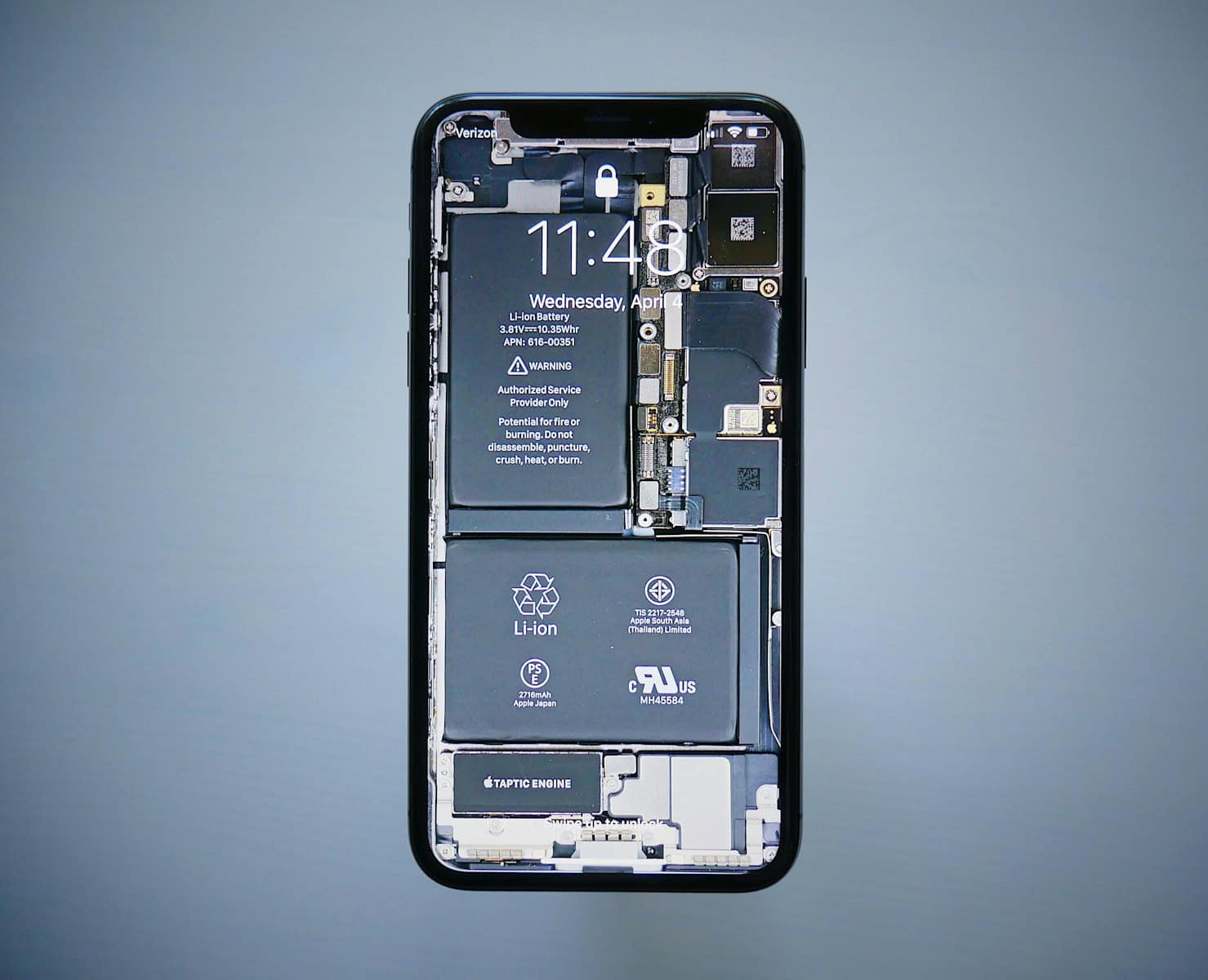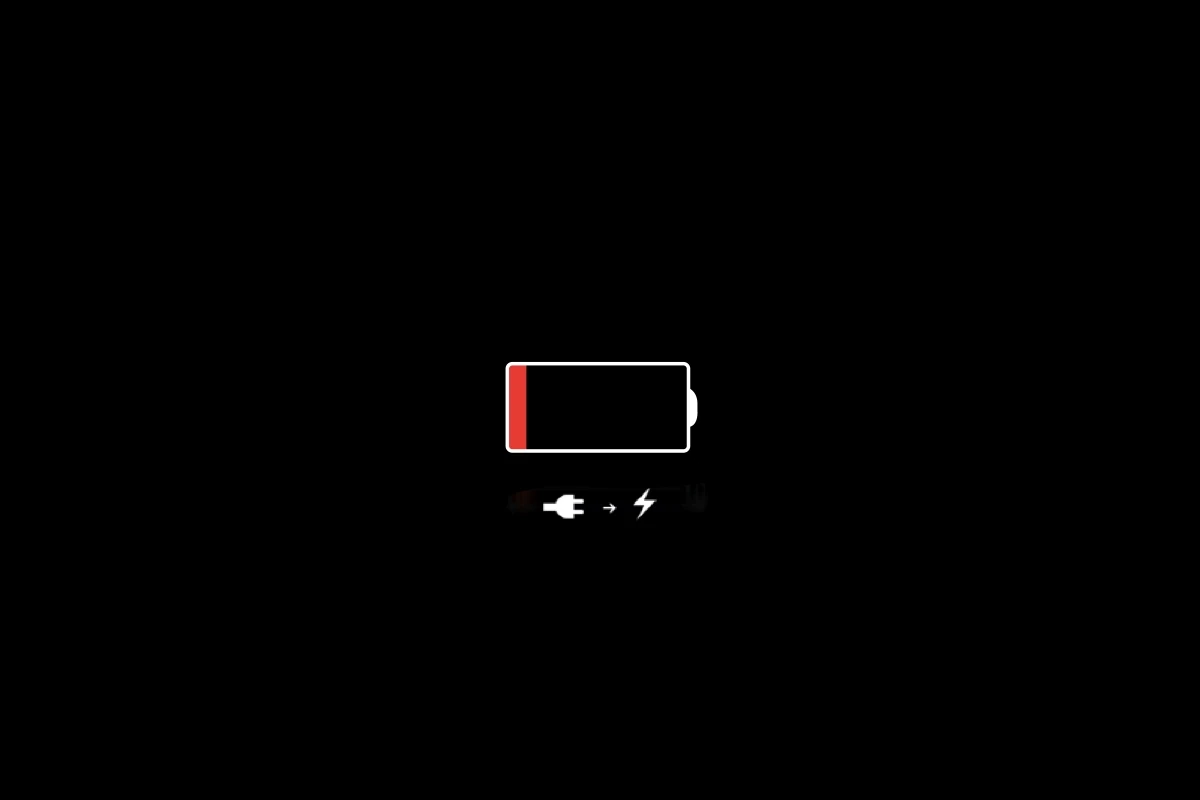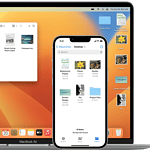The lifespan of an iPhone battery is a critical aspect of the device’s overall performance. Users often notice that their device holds a charge for shorter periods over time. This is due to the chemical nature of lithium-ion batteries, which power iPhones. These batteries tend to degrade after a certain number of charge cycles, typically after 500 to 1000 full cycles, leading to a diminished capacity.
Understanding the health of an iPhone battery is essential. iPhone battery health can be checked in the settings, indicating the maximum capacity relative to when it was new. When this number drops, users might experience more frequent charging needs and reduced peak performance. To maintain battery life, one can follow several practices such as avoiding extreme temperatures, keeping the device updated, and calibrating the battery periodically.
Monitoring an iPhone’s battery performance is simple yet vital. Regular checks can help anticipate when a battery might need replacing. It is common for batteries to require replacement after a couple of years, depending on usage patterns. By keeping track of battery health and adopting good charging habits, users can extend the life of their iPhone battery effectively.

🔋 Average iPhone Battery Lifespan
- 2–3 years of typical use (or about 500 full charge cycles) before noticeable decline (source: Energylast).
- Apple considers a battery to be in good condition if its Battery Health is above 80%. Below that, you may notice shorter battery life and reduced peak performance (source: Apple Support).
- Health usually drops 1% per month on average, though usage habits can make it faster or slower.
📉 Year-by-Year Battery Health Expectations
- Year 1: Battery health typically drops from 100% to ~95–98%.
- Year 2: Expect health between 88–92%.
- Year 3: Often falls to 80–85%, at which point replacement may be worth considering (source: Brick Tech).
⚡ Factors That Affect Battery Life
- Charging habits
- Regularly charging to 100% and leaving it plugged in can accelerate wear.
- Optimal charging range: 20–80%.
- Heat exposure
- High temperatures are the biggest enemy of lithium-ion batteries.
- Avoid leaving your iPhone in hot cars or under direct sunlight.
- Performance demands
- Gaming, video streaming, and 5G usage drain batteries faster.
- Background apps and heavy multitasking increase cycle counts.
🛠️ Tips to Extend iPhone Battery Life
- Enable Optimized Battery Charging (Settings → Battery → Battery Health & Charging).
- Avoid extreme heat — keep your iPhone between 16–22°C (62–72°F) when possible.
- Use official or certified chargers to prevent stress on the battery.
- Partial charges are fine — topping up little by little is healthier than full discharge cycles.
- Reduce background activity by disabling unnecessary location services, push email, or background app refresh.
🔄 When to Replace Your iPhone Battery
- If your Battery Health is below 80%.
- If your phone shuts down unexpectedly or struggles with performance.
- If you notice significantly shorter screen-on time compared to when the phone was new.
Apple offers official battery replacements, and third-party services exist as well. Replacing the battery can make your iPhone feel almost new again.
✅ Key Takeaway
An iPhone battery typically lasts 2–3 years before performance noticeably declines. With good charging habits, heat management, and Apple’s built-in battery optimizations, you can stretch its lifespan significantly. When health dips below 80%, a replacement is usually the best option to restore performance.
Key Takeaways
- iPhone batteries typically degrade after 500 to 1000 charge cycles.
- Checking the battery health feature informs users about capacity loss.
- Good charging habits can contribute to extending an iPhone’s battery lifespan.
Understanding iPhone Battery Health
iPhone users need to know two key things about their devices. First is that battery health determines how long a phone can run before needing a recharge. Second is that over time, the battery’s capacity to hold charge diminishes.
Factors That Affect Battery Lifespan
Battery lifespan refers to how long the battery lasts until it needs replacing. Several factors affect this. Temperature extremes, both hot and cold, can harm battery health. Chemical age, which is different from actual age, relates to the battery’s use history and how it was charged. If an iPhone often charges in a very warm environment, it might age faster.
Apple designs batteries to retain up to 80% of their original capacity at 500 complete charge cycles under normal conditions. But actual lifespan can vary. iPhones use lithium-ion batteries, which naturally degrade over time. Thus, reduced battery health is expected as the chemical age of the battery increases.
The Role of Charge Cycles and Usage
A “charge cycle” happens when you use and recharge 100% of your battery’s capacity. But that doesn’t mean a single charge from 0% to 100%. It could be from 50% to 100% twice. The number of charge cycles will affect the battery’s maximum capacity.
How you use your iPhone also plays a role. Heavy use that involves lots of high-power demand apps will cause the battery to wear down more quickly. In contrast, lighter and efficient use prolongs battery capacity over time, helping maintain performance.
In summary, to keep an iPhone running well, users should monitor battery health. This monitoring can lead to actions that extend the battery’s effective life.
Maintaining and Monitoring Battery Performance
It is important to keep an iPhone’s battery operating at peak performance for as long as possible. Regular monitoring and appropriate care helps prolong battery life and maintains device functionality.
Optimizing Settings for Battery Longevity
To extend battery life, users should consider adjusting screen brightness and enabling settings that manage power more effectively. This includes turning on the Auto-Brightness feature and reducing the Auto-Lock period so the screen turns off more quickly when not in use. Users might also activate Low Power Mode, which reduces background activity and automatic downloads to conserve power.
Interpreting Battery Health Information
Starting with iOS 11.3, iPhone users can access their battery’s health information. This is found under ‘Settings > Battery > Battery Health’. The percentage shown reflects the battery’s capacity relative to when it was new. A capacity above 80% is typically considered adequate. Important battery messages may appear if the device detects a significant issue.
When to Service or Replace the Battery
Apple suggests servicing or replacing the battery when health drops below 80% or if there are unexpected shutdowns or performance issues. Replacements can be done through an Apple Store, an Apple Authorized Service Provider, or via Apple’s Self Service Repair. While under warranty or with AppleCare+, there may be no service fee; else, a fee applies. Users should avoid third-party replacements that may compromise safety and functionality.







